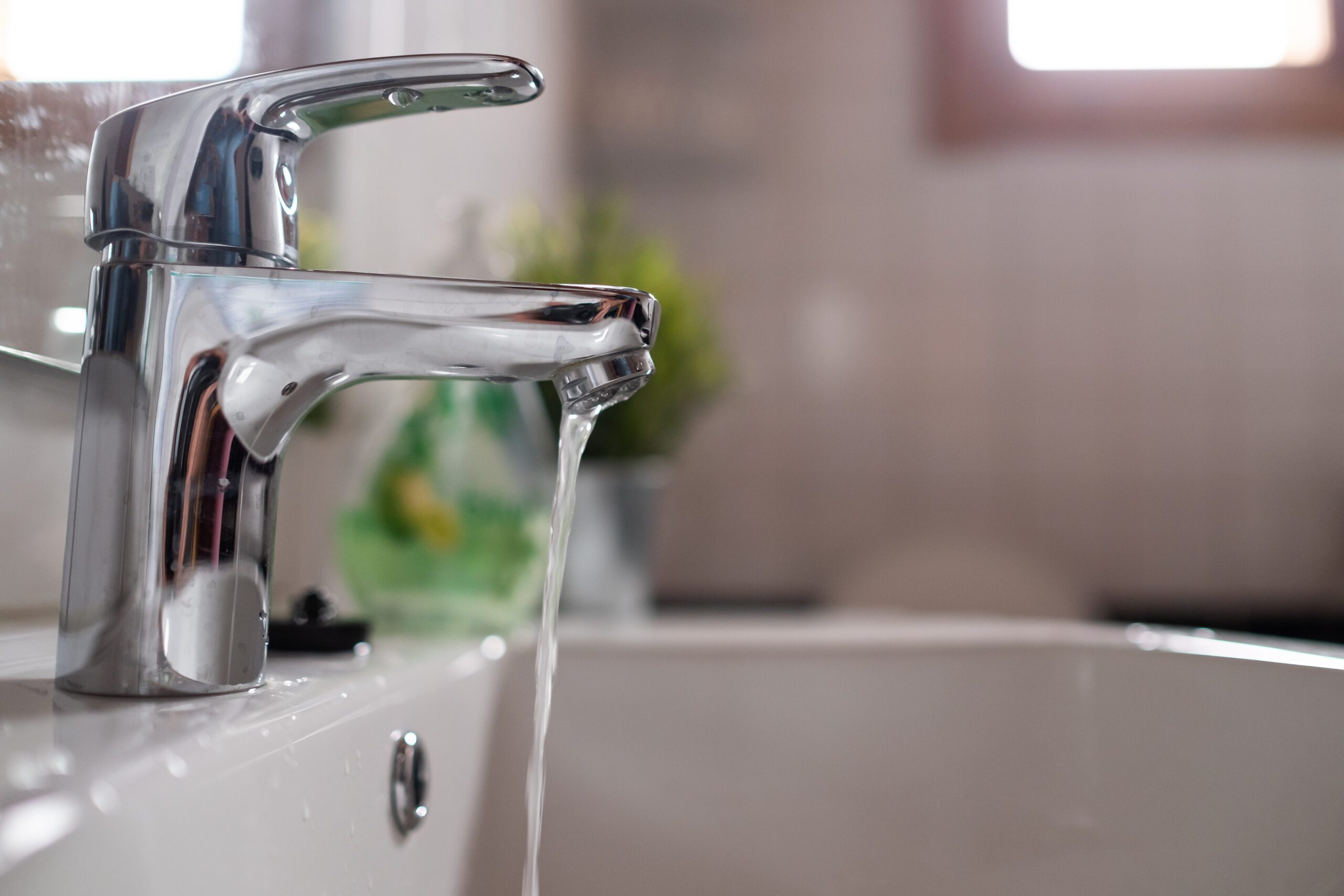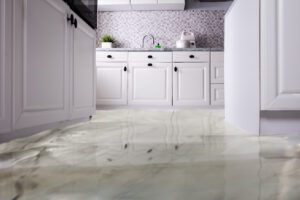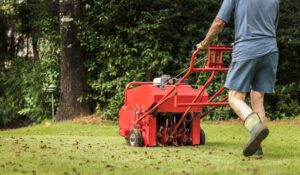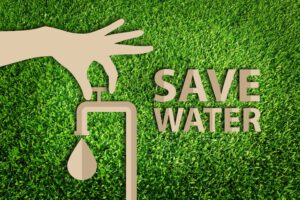Indroduction:
Are you tired of the weak dribble from your shower, or the slow-filling kitchen sink? You’re not alone. Many homeowners grapple with low water pressure, but the good news is, it doesn’t have to stay this way. This is one of the Common Homeowner Essentials we think all homeowners should know how to address.
We’re here to guide you on how to increase water pressure in your house, drastically improving your daily routines. From understanding the root causes of low water pressure to exploring practical solutions, we’ve got you covered.
This guide will empower you with knowledge and practical steps to take control of your home’s water pressure. So, get ready to transform those frustrating drips into a powerful flow and experience the difference it makes in your home. The journey to high water pressure starts here.
What Causes Low Water Pressure in House?
Low water pressure in your home can be due to a variety of reasons. One of the most common causes is blocked pipes. Over time, minerals from water can build up inside the pipes called scale, leading to blockages and subsequently reducing water pressure.
Another common cause is leaky pipes. If there are leaks in your piping system, water will escape before it reaches your faucets, resulting in low pressure. If this is the case, it should be noticeable, so keep an eye out, especially if you have crawl spaces or other places that you normally don’t see.
The water meter valve and the main house shut-off valve not being fully open can also cause low water pressure. These valves control the flow of water into your home. If they are not open all the way, it can restrict the flow of water, causing low pressure. This may be one of the more common issues, especially if work was recently done to you home to install a water softener, water filter, or some other plumbing project.
Furthermore, if your home is at a higher elevation than the water source, gravity can affect the water pressure. The higher your home, the lower the pressure will be. Municipal water systems try to provide water to your home a pressure that is optimal for home plumbing systems. Pressures can vary from 40 – 60 PSI, but 50 – 60 PSI is optimal. If your pressure is below 40 PSI, which is considered to be the lowest a home plumbing system will operate properly, you have “low pressure”. If the pressure is above 60 PSI, you may see increased wear and tear on your appliances, and start to see leaking from O-rings, valves, etc. If your community is using a significant amount of water at the same time, as in the summer and people are watering lawns, that could also cause the pressure in your home.
Finally, the age and quality of your home’s plumbing system can also affect water pressure. Older homes may have outdated plumbing systems that can’t handle high water pressure.
To increase water pressure in your house, you’ll need to identify the root cause of the low pressure and address it accordingly. This may involve cleaning or replacing pipes, fixing leaks, adjusting valves, or even upgrading your entire plumbing system.
Can Leaking Pipes Decrease Water Pressure?
Indeed, leaking pipes can have a significant impact on your home’s water pressure. When water escapes through leaks, it reduces the overall pressure in your plumbing system, leading to weak flow from faucets and showerheads. This can be particularly noticeable when using multiple water outlets simultaneously.
Identifying leaks is the first step towards rectifying this issue. Visible leaks are easy to spot, but hidden leaks may require a professional plumber’s expertise. Some signs of hidden leaks include damp spots on walls or floors, unusually high water bills, and the sound of running water when all outlets are off.
Once leaks are identified, repairing or replacing the damaged pipes is time critical. This not only restores water pressure but also prevents further water damage to your property. In some cases, the problem might be due to old, corroded pipes that need replacement.
It’s also important to note that while leaks can cause low water pressure, they’re not the only potential culprit. Other factors such as pipe size, water supply issues, or faulty pressure regulators can also affect water pressure. Therefore, if you’ve fixed all leaks and still experience low water pressure, it might be worth checking these other factors.
Remember, maintaining optimal water pressure in your house is not just about comfort. It’s also about ensuring the efficiency and longevity of your plumbing system. So, don’t ignore those leaks!
How to Check Water Pressure at Home?
Checking your home’s water pressure is a simple yet essential task that can help you detect any potential plumbing issues. The first step is to locate your water meter. It’s typically found outside your home, near the curb or in the basement. Once you’ve found it, turn off all the water-using appliances in your house to ensure an accurate reading.
Next, you’ll need a pressure gauge. These are inexpensive tools available at most home improvement stores. Attach the pressure gauge to your water meter, ensuring it’s securely fastened. Turn on a faucet near the water meter and observe the reading on the pressure gauge. Here’s an inexpensive gauge that you can attach directly to your hose connector on your house.
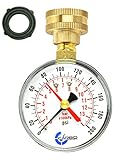
Click Here To Purchase on Amazon
Remember, regular water pressure checks can help you maintain the health of your plumbing system and ensure a steady water supply. If you’re experiencing persistent issues with your water pressure, it might be time to consult a professional plumber.
Can Water Softeners Affect Water Pressure?
Water softeners are essential in homes with hard water, but many homeowners question if these devices can influence water pressure. The answer is yes, water softeners can affect water pressure. The impact, however, depends on various factors such as the condition of the softener, its size, and the overall home plumbing system.
A well-maintained water softener typically has a negligible effect on water pressure. In contrast, a softener suffering from resin bed blockages or malfunctioning components can significantly reduce water flow, leading to decreased pressure.
The size of the water softener also plays a role. An undersized softener may struggle to meet the water demand of a large household, causing a noticeable drop in water pressure. Similarly, an oversized softener can lead to water wastage and unnecessary pressure drop.
The state of your home’s plumbing system can also influence water pressure. If the pipes are old or corroded, the water flow may be restricted, causing low water pressure. In such cases, even a functioning water softener cannot compensate for the reduced pressure.
To maintain optimal water pressure, regular maintenance of your water softener is necessary. This includes cleaning the resin bed, checking for malfunctions, and ensuring the softener is adequately sized for your household. Additionally, addressing any plumbing issues can help increase water pressure in house regardless of whether a water softener is in use.
Pro Tip form John: I’ve installed water softeners in nearly every home we’ve owned. If you are having a softener installed, ask your installer to make sure they bypass the systems that don’t require soft water. Such as hose bibs, sprinkler systems, etc. It may cost a little more, but it’s worth it. This not only minimizes the impact your softener could have on your water pressure, it minimizes salt use as well as lengthens the time between having to change out your ionization resins or in some cases the entire water softener.
Is Increasing Water Pressure Dangerous?
While it’s true that low water pressure can be a nuisance, it’s important to understand that excessively increasing your home’s water pressure can potentially lead to several issues. High water pressure can cause leaks in your plumbing system, damaging pipes and fixtures over time. This damage can lead to costly repairs and water waste.
Another concern is the impact of high water pressure on your home appliances. Appliances like washing machines, dishwashers, and water heaters are designed to operate within a specific pressure range. When water pressure exceeds this range, it can shorten the lifespan of these appliances and compromise their efficiency.
In addition, high water pressure can result in water hammer, a phenomenon that occurs when the water flow is suddenly stopped, causing a shock wave to travel through the pipes. This can cause loud banging noises, pipe vibration, and in severe cases, even pipe bursts.
How to Adjust Water Pressure Regulator?
Adjusting your water pressure regulator can greatly enhance the water pressure in your house. To begin, locate your water pressure regulator; often found near the water main where the service line enters your home. Ensure the water is turned off before proceeding.
To adjust the water pressure, you will need a wrench and a water pressure gauge. Connect the gauge to an outside water spigot and turn on the water to determine the initial pressure. If it’s below 45 psi, you need to increase the pressure.
To do this, loosen the locknut on the regulator using the wrench. Next, twist the adjusting screw clockwise to increase pressure, and counter-clockwise to decrease it. After every adjustment, check the pressure on your gauge.
Remember, the recommended water pressure for a residential home is between 45 and 80 psi. Over-adjusting can lead to damaging water pressure.
Regular maintenance of your water pressure regulator can also help maintain optimal pressure. This includes periodic checks and cleaning of the regulator.
Professional assistance is recommended if you’re not comfortable adjusting the regulator yourself. Plumbers have the expertise and tools to adjust the pressure accurately and safely.
Remember, adjusting the water pressure regulator is a simple yet effective way to increase water pressure in your house. Keep in mind the potential risks of over-adjusting and always consult a professional if in doubt.
Can Plumbing Layout Affect Water Pressure?
Absolutely, the plumbing layout can significantly impact the water pressure in your house. If your pipes are not correctly installed or are too narrow, it can restrict the flow of water, leading to low pressure. Similarly, if your home has multiple floors, the water pressure may be lower on upper levels due to the force of gravity.
Here are some ways the plumbing layout can affect water pressure:
1. Pipe Size: Smaller pipes can restrict water flow, leading to lower pressure. If your home has narrow pipes, you might consider upgrading to wider pipes to increase water pressure.
2. Pipe Material: The material of the pipes can also affect water pressure. For instance, old galvanized pipes can corrode over time, reducing water flow and pressure.
3. Plumbing Design: A complex plumbing system with many bends and turns can reduce water pressure. A simpler, more direct layout can help increase pressure.
Also, installing a water pressure booster or adjusting the pressure reducing valve (if your home has one) can help increase water pressure. However, it’s vital to consult with a professional plumber before making any significant changes to your plumbing system. They can assess your home’s specific situation and recommend the best solutions to improve water pressure.
Remember, a well-designed and maintained plumbing system is key to ensuring optimal water pressure in your home. So, if you’re experiencing problems with low water pressure, it might be time to take a closer look at your plumbing layout.
Conclusion
In conclusion, understanding how to increase water pressure in your house involves recognizing the potential causes of low pressure, such as leaking pipes, the impact of water softeners, and even the layout of your plumbing. It’s crucial to know how to check your water pressure at home and make adjustments to your water pressure regulator if necessary.
However, it’s equally important to understand the risks of increasing water pressure too much, which can be potentially dangerous. Therefore, knowing the ideal household water pressure is key to ensuring a safe and efficient water system in your home.
As we move forward, advancements in water technology and plumbing systems may offer new solutions and considerations for managing water pressure. It’s always advisable to stay informed about these trends, as they can significantly impact your home’s water system.
Remember, maintaining optimal water pressure involves a balance. It’s about ensuring sufficient pressure for your needs, while also protecting your home’s plumbing from potential damage. By understanding and applying the information provided in this post, you can effectively manage your home’s water pressure.

